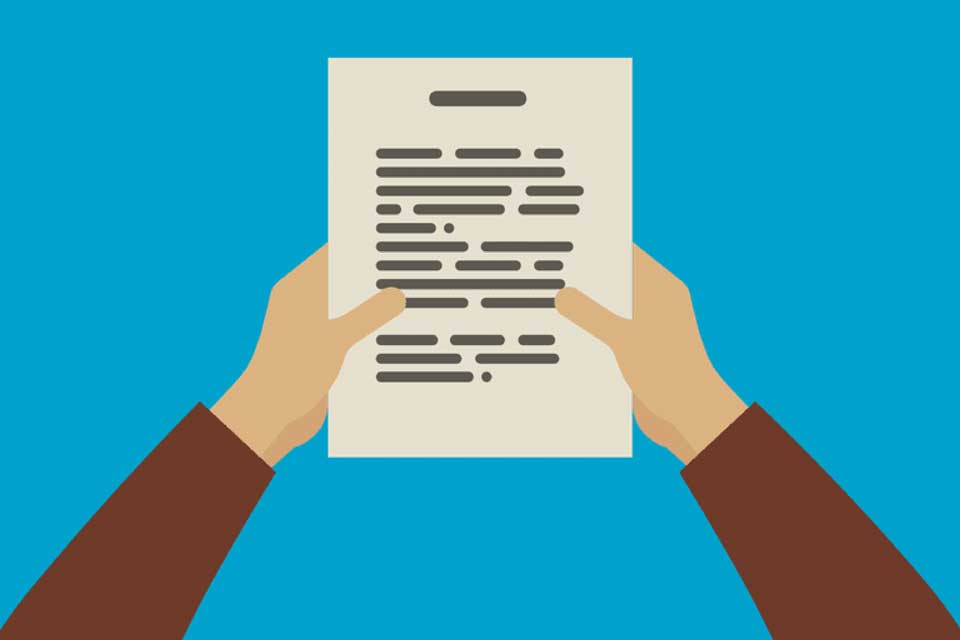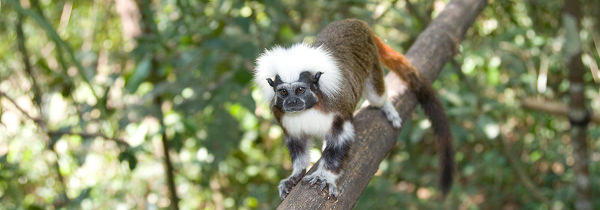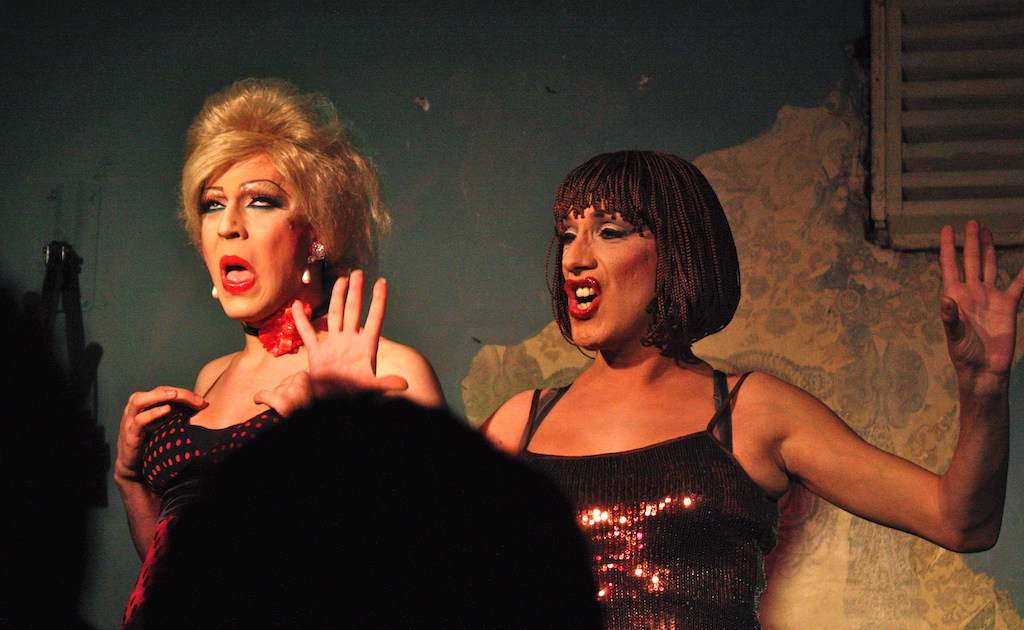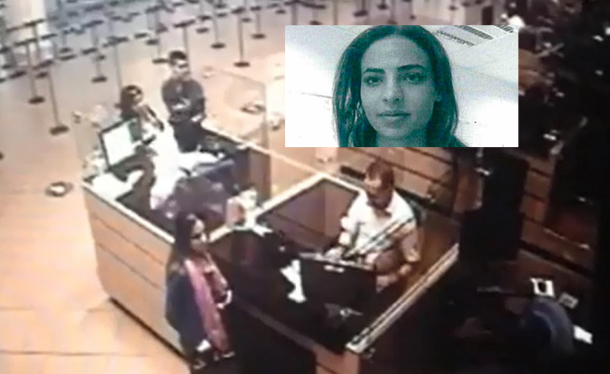Shrugs, barricaded schools and marches as a nation tries to come to terms with what happened. Paul Whitfield reports from his home near Paris
Near the entrance to my children’s school there have been barriers since last Thursday. They are thin metal tubes bent into waist high railings – the sort used to hold back onlookers at the July 14 fireworks or to block cars from accidentally driving through the annual village fair. Now, they have been hauled into place to help prevent a possible terrorist attack.
They seem hopelessly inadequate for the task, as do the village police, armed with pepper spray, a pair of handcuffs and a flashlight. They stand near the school’s front gate while the kids file in and out in the morning and the afternoon.
I shook hands with a policeman this morning, as I often do when I see him around the village. I said “bonjour” and smiled grimly.
He shrugged and returned a half-smile.
A shrug is as useful as anything else in trying to articulate the emotions and issues surrounding the three days of senseless murders that took the lives of 17 people: eight staff from the magazine Charlie Hebdo, a visitor to their office, a maintenance worker, three police officers and four shoppers in a Jewish supermarket.
Shrugs also help avoid confrontation. I have learned that to bring up the subject of the shootings is to invite conversations that can be uncomfortable.
My local café owner tells me that the problem is France’s Muslim population. They are incompatible with France, he says. I respond that it was just a couple of madmen. I know that it is more complicated than that, but I don’t want to have this discussion with him. He tells me to open my eyes and stop being so naïve.
Other conversations have been easier. At the weekend, a French friend expressed anger but also pride at the way his country had reacted to the murders. He said he was deeply touched by the support from around the world. He also said he wished he had actually bought Charlie Hebdo.
I don’t know anyone who bought the magazine, not many people did. Charlie Hebdo had a print run of 60,000, about half of which was pulped in an average week.
It is more popular now. By 8:30 a.m. on the Wednesday after the murders the “survivors issue” is sold out at the two village newsagents.
“Je suis Charlie”, I am Charlie, has become a national rallying cry following those terrible three days. It has been plastered everywhere across Paris and the rest of the country. On Sunday night, the electric signs on the highway told me traffic was moving freely and that they, too, were Charlie.
Earlier that day more than one million people, perhaps two million, had marched through Paris. Across France another 1.5 million marched. It was a show of defiance, an expression of support for the victims and for the liberty of expression that the guns had attempted to silence. It was angry too, though in a country that in recent years has felt irreversibly divided by politics, the anger, for once, had brought people together.
In my village, located on the Seine about half an hour outside of Paris, about 100 people gathered in the market square for a minute’s silence. Many of them also held printed sheets of black paper that read “Je suis Charlie.”
I do not feel like Charlie.
In my ten years in Paris I have picked up the weekly a handful of times. It has a peculiarly French sense of humour that is foreign to me: slapstick, evident and too willing to offend. Its cartoons, those that punched downward, have angered me. Charlie’s pens may not have been aimed at the weak, but they didn’t shy away from lampooning them to make a point.
The magazine’s politics were easier to love than its output. It was a relentless opponent of the far right, a champion of free speech and of laicité – the French idea of a secular state in which religion has no influence. Its cartoonists ridiculed all religions equally, more or less, though they evidently delighted in the challenge thrown down by being told that they shouldn’t draw images of Muhammad.
Charlie Hebdo’s staff were – are – undoubtedly brave. They have lived under the threat of assassination for years. Their offices were firebombed in 2011, but they refused to abandon their principles. I do not think I am that brave. I do not feel that I am Charlie, as much as I would like to be.
A day after the magazine was attacked I had to explain the events to my seven-year-old son. His school was already barricaded and, like all schools across France, was due to hold a minute’s silence in memory of the people killed at Charlie Hebdo’s offices.
This was before the murders at the kosher supermarket.
I told him that people had been killed in Paris and that everyone was very sad. He asked me why they were killed. I explained that some bad men were angry about some pictures that they had drawn so they shot them.
“That is just stupid,” he said. “You don’t kill people for drawing pictures.”
Be sure to read our full Charlie coverage here, here and here
Paul Whitfield is the international mining and energy correspondent for The Deal, based in Paris. Paul has worked as a finance and investment writer for a number of British national newspapers including The Independent, Daily Telegraph and the BBC.






